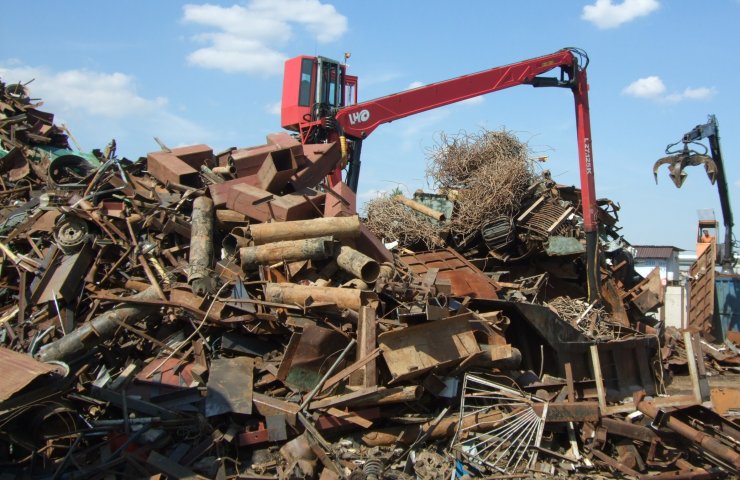Almost any production process associated with the use of metal has secondary waste in the form of scrap metal. It gradually accumulates in workshops, on the street, or in a specially designated area. Knowing the closest iron collection points in Moscow , you can timely get rid of iron dumps, freeing up space. The close location of the collection point guarantees minimal overhead costs for transporting heavy waste.
What to receive
The cleaner the scrap metal, the more expensive it is at the recycling center. The size of the metal pieces of iron also plays an important role. Most often, this role is played by products made of ferrous metal, iron, metal alloys and cast iron. You can bring the following types of industrial and household waste to the reception:
- Steel structures made of rolled iron and profiles.
- Classic metal shavings from under the machine.
- Defective products that cannot be used in production.
- Small steel products, fasteners, nails.
- Cuts of pipes, pieces of reinforcement and other construction products.
Important: stainless steel is always a separate category. It is accepted at a higher price, especially if it does not belong to the household product category. Used stainless steel is especially common in construction communications.
Non-ferrous scrap
Unlike ferrous metals, which are ubiquitous in any industrial area, non-ferrous residues and from alloys do not appear so often in the industrial sector. Very often, even from the residues in production, it is possible to use a significant part of the scraps. Nonetheless, non-ferrous scrap is highly valued at collection points. The most popular metals are:
- remains of copper wire, sheets and pipes;
- lead from batteries and cables;
- alloys based on magnesium and zinc;
- lately titanium is often brought for scrap;
- aluminum waste from the construction industry.
The latter category of non-ferrous metal is actively used in the wiring of electricity, both in the residential and industrial sectors. Reusing cables and ordinary aluminum wires is not always acceptable. Reception of aluminum scrap will allow you not only to dispose of unnecessary, used up wires and cables, but also reduce the cost of purchasing new products. The main thing is that, as in the case of ferrous metals, the purity of the scrap is as high as possible.




